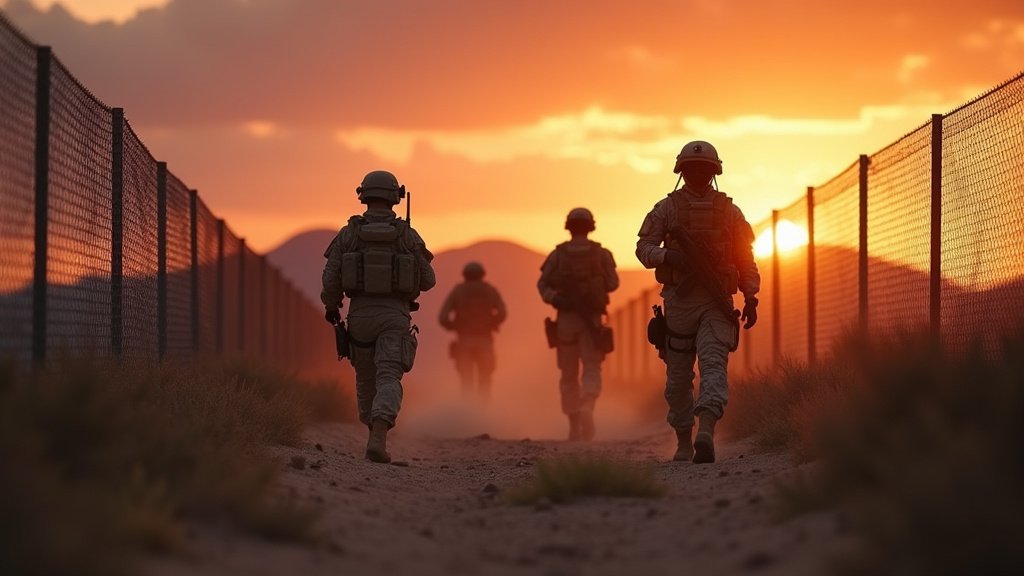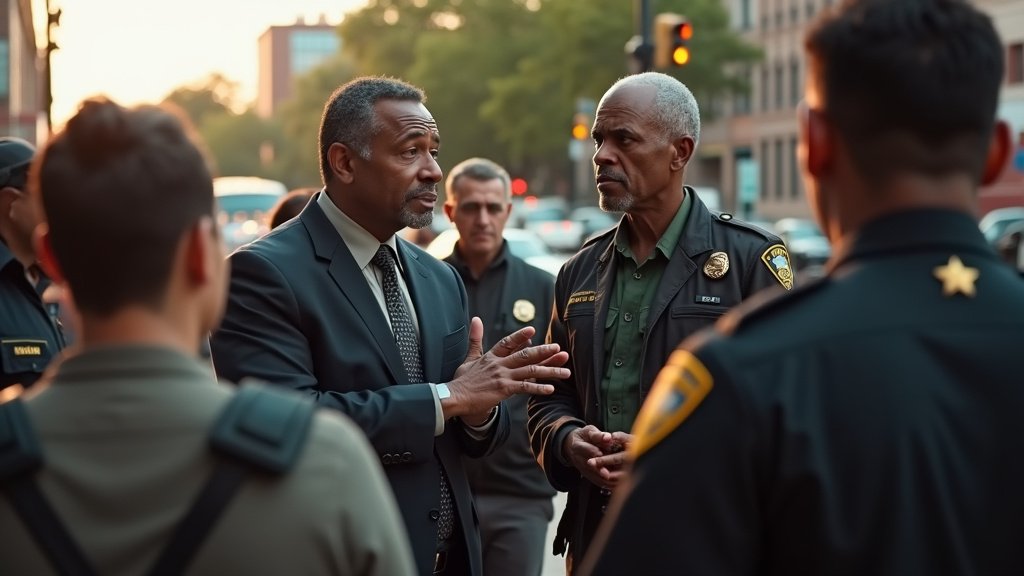U.S. troop deployments along the southern border have surged, now numbering approximately 7,600 personnel drawn from every branch of the military. This significant increase follows an emergency declaration issued by President Donald Trump. The expanded military presence comes despite a reported decline in illegal crossings. The Trump administration has simultaneously authorized funding for an additional 3,000 Border Patrol agents, coupled with the offer of signing bonuses, indicating a multifaceted approach to border security.
Command and Control
The military mission is being directed from a central command center located at an Army intelligence training base in Arizona. This strategic positioning allows for efficient coordination and resource allocation. The primary operational focus is on high-traffic areas known for illegal crossings, where military personnel are now actively engaged in surveillance and enforcement activities.
Increased Enforcement Powers
Significantly, military personnel have been granted the authority to apprehend both immigrants and individuals found trespassing on military bases. This expanded authority marks a departure from previous roles and responsibilities. Furthermore, those apprehended could potentially face additional criminal charges, adding a layer of complexity to the enforcement procedures.
On-the-Ground Operations and Rules of Engagement
Army scouts are currently patrolling the border regions equipped with full battle gear. They are operating under specific rules of engagement that permit the use of deadly force if attacked, underscoring the serious nature of the mission. A key element of the operation is the focus on stopping ‘got-aways,’ individuals who attempt to evade authorities and cross the border undetected. This highlights a strategic shift toward preventing all illegal entries, not just those that are immediately visible.
Expanding the Military’s Role
The Trump administration has significantly expanded the military’s role in border security. This expansion includes deploying troops to a variety of locations along the border. In addition to the increased troop presence, the military is employing advanced technology to actively interfere with drone activity, further enhancing their surveillance and enforcement capabilities. This multifaceted approach underscores the administration’s commitment to securing the southern border using every available resource. The deployment and expanded authority are aimed at reinforcing existing border security measures, but also signals a shift in the operational posture in the region. The strategic use of a central command center and the authorization to apprehend individuals represent a comprehensive strategy to control the border and prevent illegal activity.






